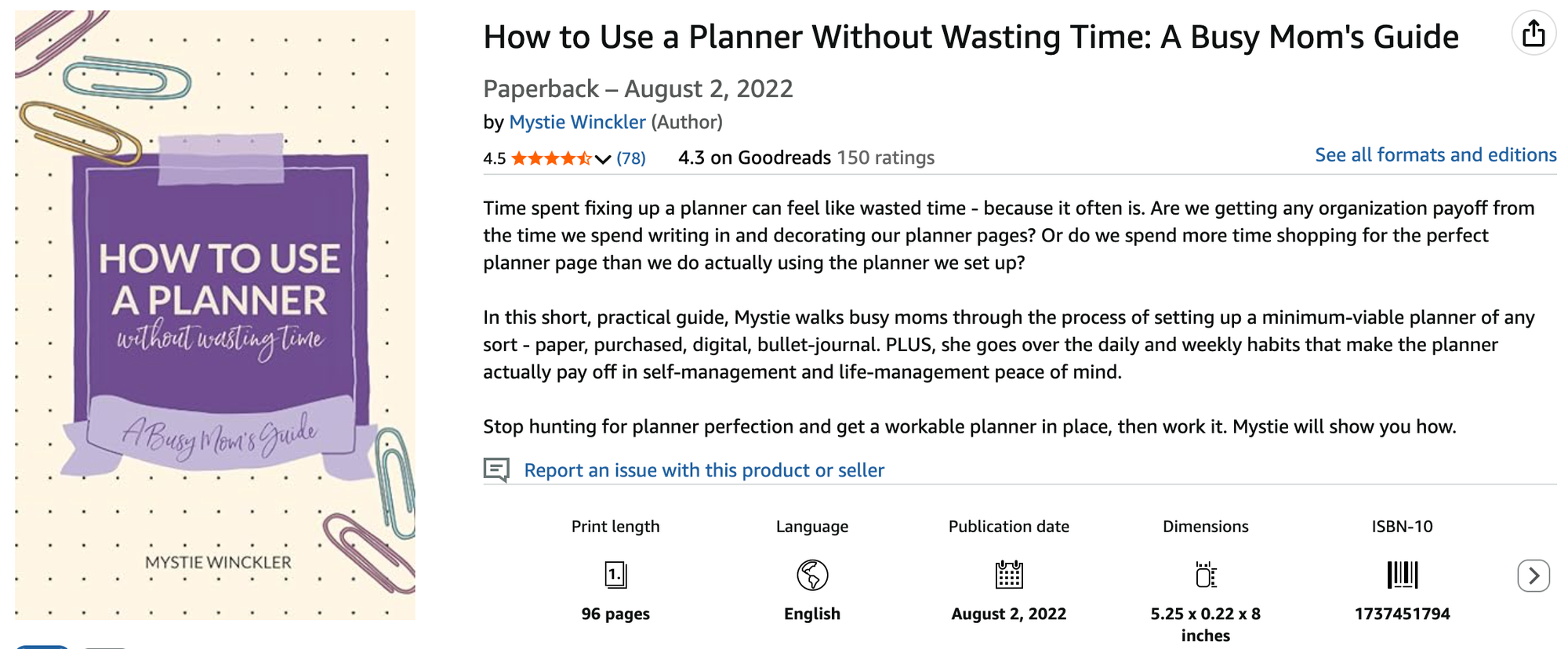You have done it. I know I have – and too often still do.
Life is not going as planned, so we break out the notepad and start a new plan.
The new plan is not a way to faithfully respond to our current reality, but rather a way to escape into a pretend future reality where our plans will work out.
Turns out we ate all the fudge scraps while making a dessert plate. Clearly time to make a diet plan for January.
Turns out we never looked at our planner, even when we left it out on the counter. Clearly we need to buy a new one and start again with a new layout.
Turns out our menu plan failed us – or we failed our menu plan. Food spoiled, we forget to buy a key ingredient, and we just didn’t make what was on the plan. It was supposed to eliminate decision fatigue, but we continued to scramble at 4pm. Clearly all we need is a new menu plan!
What was the definition of insanity, again? Right.
We don’t need to scrap and start all over. In fact, we need to not do that. We need to know how to make plans that aren’t scratching our productivity itch without actually moving us forward.

When we scrap what we had going (or tried to get going) and spend a bunch of time thinking – or, rather, dreaming – up a new plan, we’re indulging in escapist planning.
Escapist planning uses planning as a means to ignore the current reality and enter a pretend reality where things – in the future – will all go our way. In our minds, we skip over right now and start thinking about the future in all its idyllic glory. It is a false glory, however. It’s not the glory of duty faithfully performed, of doing the right next thing now. At its heart, it’s procrastination. It’s daydreaming.
Escapist planning gives us the illusion of organization without any of the payoff in reality. After all, it turns out payoff in reality involves following a plan, and we don’t actually want to do that. Instead, we want a plan that will work without us having to work.
And that will never work.
There are three key things we must know so we make plans that are not escapist.
How to make plans that are not escapist
When you make plans, always start with a brain dump. Ask yourself what’s not working now, what needs to be done now, what your sticking points are, and what you would like to accomplish.
But don’t stop there. Also brain dump about what is working – and don’t say that nothing is working. Are people in your house being fed? Something is working, even if the current reality doesn’t live up to your imaginary standard.
In fact, go ahead and brain dump what your imaginary standard is. What are the particulars, the specifics, that would make life feel up to snuff for you? Be brave. Write it down.
Then look at all that. I bet it filled more than one sheet of paper.
All of that is what you’re escaping from through the illusion of planning. No wonder you often want to escape. All of that is overwhelming. I’ve even had women tell me that the process of brain dumping made them cry.
It might make you cry not only because it’s overwhelming, but also because it’s cathartic. You’ve just released all those details that were whirling around in your head, distracting you from moving forward and preventing you from thinking straight. Give those standards and those expectations you’re imposing on yourself a cold stare and then cross as much as possible out.
Eliminate, visually, all that you can. Reject the false standards, the imaginary ideals, the unrealistic expectations.
Before you plan, do a brain dump.
How to make plans based on reality
After your brain dump, you can make plans that will help you move forward in your real life and not just pretend that in the future everything will be different.
Look at that brain dump and focus in on what’s working.
Instead of starting your plan over from scratch, build on what’s working. Take the next step from where you are towards where you want to be, don’t try to imagine where you want to be and then leap all the way over.
Progress is made through gradual change, baby step after baby step.
Rather than imagining what it would be like to nail the routine and rock the plan and then try for that, figure out one small piece of the plan you can work at getting consistent at, then add another.
It’s not glamorous and it’s not flashy or quick, but it is effective, realistic, and doable.
How to make plans that work
Of course plans only work if you do them. That’s the cold, hard truth. It doesn’t matter how pretty the planner or how precise the plan – the plan itself does nothing if it does not direct you to take the appropriate action at the appropriate time.
The doing is the most important part, but between the making of the plan and the doing it, there must be looking at the plan.
We can’t do it if we don’t know it. We write it down to remind ourselves, so if we don’t look at it, those plans are only wasting our time.
Possibly the next small step of progress you need to make is simply looking at your calendar and your list each morning. It sounds simple and maybe too basic, but take the humble next step: make sure you’re looking at those plans you made.
LEARN HOW TO USE A PLANNER

Practice a focused weekly review process so that you can be more calmly effective and cheerfully faithful in your duties at home.
Get Mystie's book:


